Protect your cat from Feline Panleukopenia Virus! Learn the 5 dangerous warning signs, symptoms, transmission methods, and prevention tips from veterinary experts.
Table of Contents
If you’re a cat owner, you’ve likely heard whispers about various feline diseases that can threaten your beloved pet’s health. Among these, Feline Panleukopenia Virus stands out as one of the most serious and potentially devastating conditions affecting cats worldwide. This highly contagious viral infection, also known as feline distemper, has earned a reputation as a silent killer that can strike cats of all ages, though it proves particularly dangerous for kittens and unvaccinated adults.
Understanding what is feline panleukopenia virus and recognizing its warning signs could literally save your cat’s life. This comprehensive guide will walk you through the five most dangerous symptoms to watch for, explain how cats contract this virus, and provide you with the knowledge needed to protect your feline family members from this potentially fatal disease.
What is Feline Panleukopenia Virus?

Feline Panleukopenia Virus (FPV) is a member of the parvovirus family that specifically targets cats and other members of the Felidae family. This highly contagious, potentially fatal disease in cats attacks rapidly dividing cells in the body, particularly affecting the bone marrow, intestinal tract, and developing nervous system in unborn kittens.
The virus earned its name from its devastating effect on white blood cells (panleukopenia means “all white blood cell deficiency”), leaving infected cats severely immunocompromised and vulnerable to secondary infections. What makes this virus particularly dangerous is its exceptional stability in the environment – it can survive for months outside a host, making transmission remarkably easy.
The Devastating Statistics
The mortality statistics surrounding Feline Panleukopenia Virus paint a sobering picture of its severity. Feline panleukopenia has a mortality rate of around 50%, though in untreated kittens this approaches 90-100%. These numbers underscore why early recognition and immediate veterinary intervention are absolutely crucial for any cat showing suspicious symptoms.
Young kittens between 2-6 months of age face the highest risk, as their developing immune systems cannot mount an adequate defense against the virus. Even with aggressive treatment, many affected kittens still succumb to the disease, making prevention through vaccination the most effective strategy.
FPV Transmission Routes and Risk Factors
| Transmission Route | Risk Level | Description | Prevention Strategy |
|---|---|---|---|
| Direct Contact | High | Contact with infected cats, their feces, urine, or vomit | Quarantine infected cats, use protective equipment |
| Contaminated Objects | High | Food bowls, litter boxes, bedding, toys, grooming tools | Disinfect all items with bleach solution |
| Human Carriers | Medium | Virus transported on clothing, shoes, hands | Hand hygiene, shoe covers, change clothes |
| Environmental Surfaces | High | Floors, walls, cages where infected cats were housed | Thorough decontamination with appropriate disinfectants |
| Veterinary Clinics | Medium | Cross-contamination during visits or procedures | Proper clinic hygiene protocols, isolation procedures |
| Airborne Transmission | Low | Limited airborne spread, mainly through respiratory droplets | Adequate ventilation, minimize close contact |
How Do Cats Get Panleukopenia?
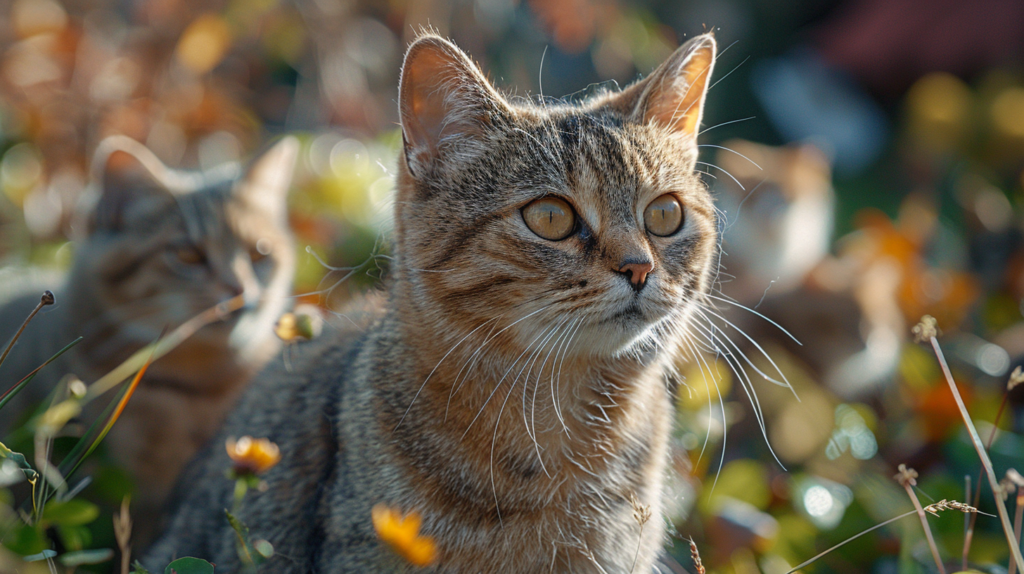
Understanding how cats contract Feline Panleukopenia Virus is essential for prevention. The virus spreads through multiple pathways, making it incredibly contagious among feline populations.
Direct Contact Transmission
Direct contact with virus in feces and vomitus represents the primary transmission route. Infected cats shed massive amounts of virus in their bodily excretions, particularly during the acute phase of illness. A single gram of infected feces can contain millions of viral particles, making even minimal contact potentially dangerous.
Cats can contract the virus by:
- Sharing litter boxes with infected cats
- Grooming themselves after contact with contaminated surfaces
- Direct contact with infected cats during social interactions
- Mother cats passing the virus to unborn kittens through the placenta
Environmental Contamination
The virus’s remarkable stability allows it to persist in the environment for extended periods. Contaminated surfaces, food bowls, bedding, and even human clothing can harbor infectious particles for months. This environmental persistence explains why shelters and multi-cat households face particularly high risks of outbreaks.
Fomite Transmission
Contaminated fomites serve as silent carriers of the virus. These inanimate objects include:
- Cat carriers and cages
- Feeding bowls and water dishes
- Toys and scratching posts
- Human hands and clothing
- Veterinary equipment if not properly disinfected
The 5 Dangerous Signs of Feline Panleukopenia Virus
Recognizing the symptoms of feline panleukopenia early can mean the difference between life and death for your cat. Here are the five most critical warning signs that demand immediate veterinary attention:
1. Sudden Onset High Fever and Lethargy
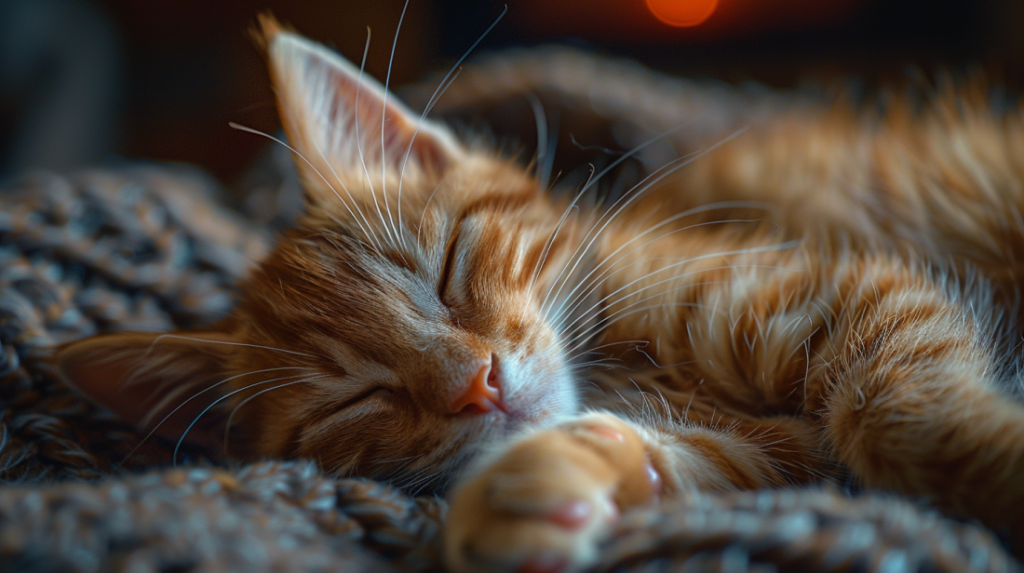
The first and often most noticeable sign is a rapid spike in body temperature accompanied by profound lethargy. Depression, anorexia, high fever typically mark the beginning of the disease process.
Affected cats will:
- Display temperatures exceeding 104°F (40°C)
- Become unusually quiet and withdrawn
- Seek out hiding spots in cool, dark areas
- Show reluctance to move or respond to their owners
- Lose interest in favorite activities or toys
This combination of fever and lethargy often appears suddenly, sometimes within 24-48 hours of infection. Pet owners frequently describe their previously active cats as becoming “ghost-like” in their behavior.
2. Severe Vomiting and Loss of Appetite
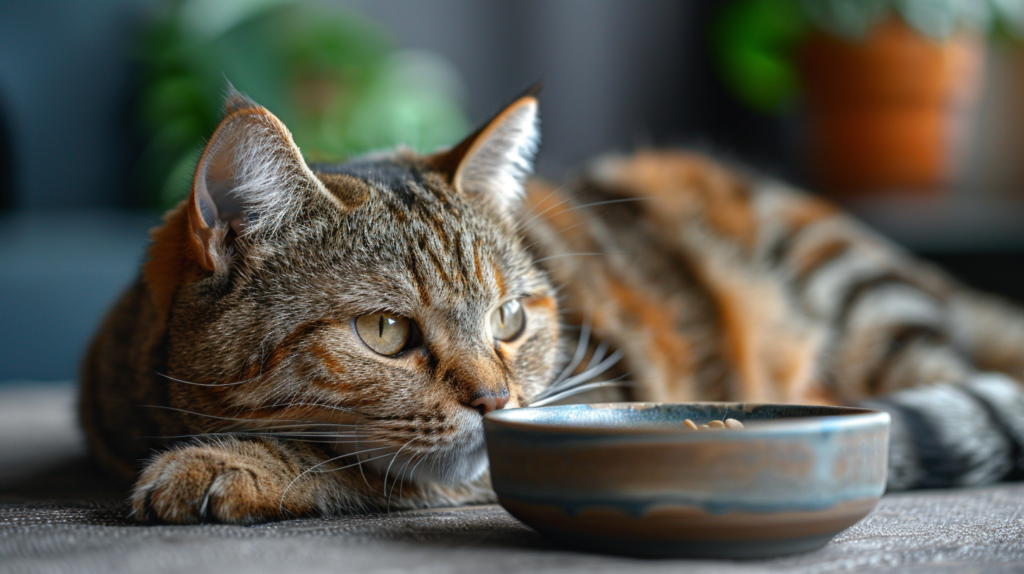
Vomiting, diarrhea, and consequent severe dehydration represent hallmark symptoms that distinguish FPV from other feline illnesses. The vomiting is typically projectile and persistent, making it impossible for cats to keep food or water down.
Key characteristics include:
- Frequent, forceful vomiting episodes
- Complete loss of appetite (anorexia)
- Refusal to eat even favorite treats
- Vomiting bile or foam when the stomach is empty
- Dry heaving when nothing remains to expel
The vomiting often begins within the first 24-48 hours of symptom onset and can lead to rapid dehydration if not addressed immediately.
3. Bloody Diarrhea and Severe Dehydration
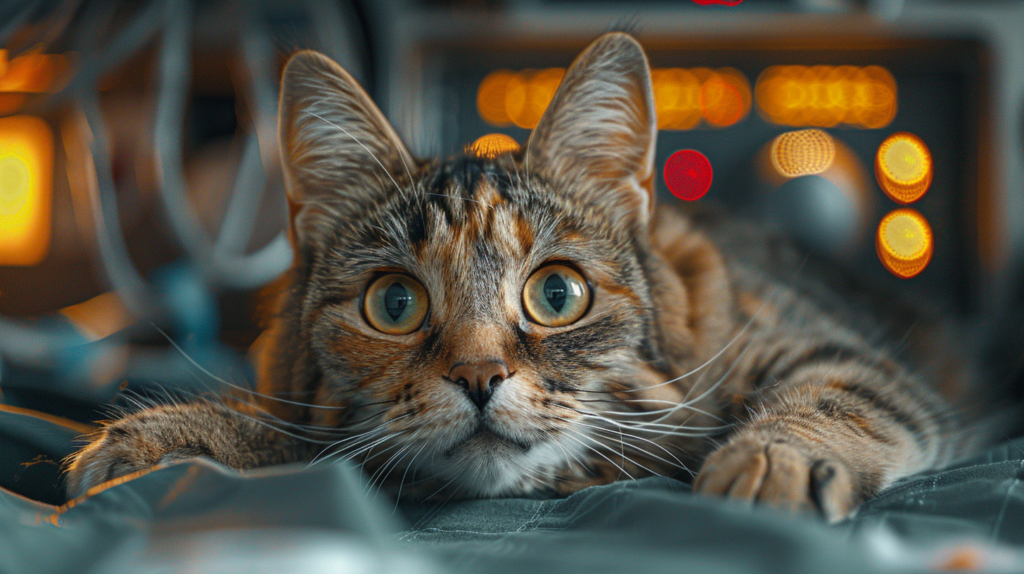
Perhaps the most alarming visible symptom is the development of severe, often bloody diarrhea. This occurs as the virus attacks the intestinal lining, causing inflammation and tissue damage.
Warning signs include:
- Watery diarrhea that may contain blood or mucus
- Foul-smelling stools with an unusually strong odor
- Increased frequency of bowel movements
- Signs of severe dehydration (sunken eyes, dry gums, skin tenting)
- Weakness and collapse due to fluid loss
Dehydration progresses rapidly in affected cats, sometimes leading to shock and organ failure within hours.
4. Neurological Symptoms in Kittens
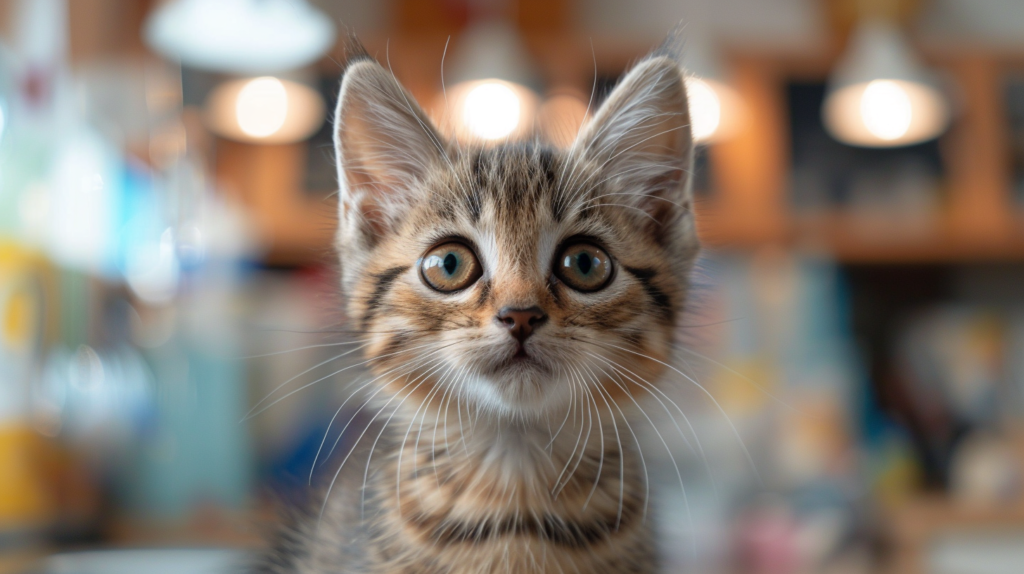
When pregnant cats contract FPV, the virus can cross the placental barrier and affect developing kittens’ nervous systems. Kittens with feline distemper will have mild to severe intention tremors and a wide-based stance. They may fall frequently or seem uncoordinated.
Neurological manifestations include:
- Cerebellar hypoplasia (underdeveloped cerebellum)
- Intention tremors that worsen during movement
- Wide-based, unsteady gait
- Frequent falling or inability to maintain balance
- Head bobbing or tremors
- Difficulty with fine motor skills like eating or drinking
This is called wobbly kitten syndrome (cerebellar hypoplasia), and while affected kittens may survive, they often require lifelong special care.
5. Sudden Death Without Warning
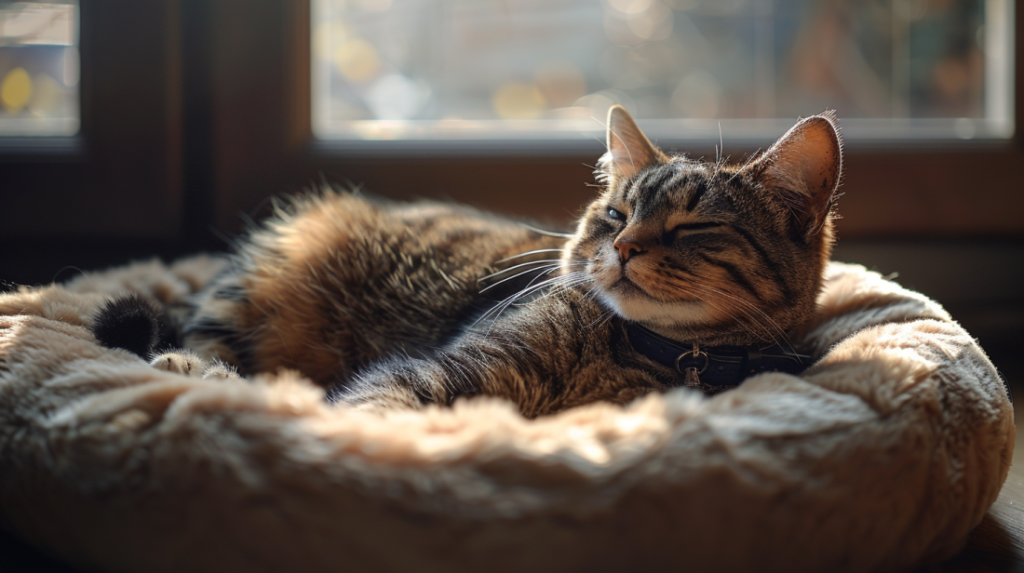
The most devastating manifestation of FPV is sudden death, particularly in young kittens. Sudden death is common among the most vulnerable populations.
This can occur when:
- The virus overwhelms the immune system before symptoms appear
- Secondary infections take hold in immunocompromised cats
- Severe dehydration leads to cardiovascular collapse
- Kittens under 8 weeks of age contract the virus
The rapid progression from apparent health to death underscores why prevention through vaccination remains the most effective protection strategy.
The 5 Dangerous Signs of Feline Panleukopenia Virus
| Sign | Symptom | Severity | Timeline | What to Watch For |
|---|---|---|---|---|
| 1 | Severe Vomiting | Critical | Day 1-2 | Persistent vomiting, unable to keep food or water down, yellow/green bile |
| 2 | Profuse Diarrhea | Critical | Day 1-3 | Watery, bloody diarrhea, frequent accidents, foul odor |
| 3 | Rapid Dehydration | Critical | Day 2-4 | Skin tent test positive, sunken eyes, dry gums, weakness |
| 4 | High Fever | Severe | Day 1-5 | Temperature above 104°F (40°C), followed by hypothermia in late stages |
| 5 | Complete Loss of Appetite | Severe | Day 1-7 | Refuses all food and treats, hiding behavior, lethargy, depression |
Diagnosis and Testing
Diagnosing Feline Panleukopenia Virus requires a combination of clinical observation, laboratory testing, and veterinary expertise. The disease can mimic other conditions, making accurate diagnosis crucial for appropriate treatment.
Laboratory Tests
Veterinarians employ several diagnostic tools:
- Complete Blood Count (CBC): Reveals the characteristic severe decrease in white blood cells
- ELISA Tests: Detect viral antigens in fecal samples
- PCR Testing: Identifies viral DNA with high accuracy
- Serology: Measures antibody responses to previous infection or vaccination
Clinical Examination
Experienced veterinarians can often suspect FPV based on clinical presentation, especially when multiple symptoms align with the classic disease pattern. However, laboratory confirmation remains essential for definitive diagnosis.
Treatment and Management
Unfortunately, no specific antiviral medication exists to directly combat Feline Panleukopenia Virus. Treatment focuses on supportive care to help cats survive until their immune systems can mount an effective response.
Supportive Care Measures
- Fluid Therapy: IV fluids to combat severe dehydration
- Anti-nausea Medications: Control vomiting to prevent further fluid loss
- Antibiotics: Prevent secondary bacterial infections
- Nutritional Support: Force-feeding or feeding tubes in severe cases
- Environmental Management: Isolation to prevent spread to other cats
Prognosis Factors
Several factors influence treatment success:
- Age at time of infection (younger cats have poorer prognoses)
- Vaccination status prior to infection
- Speed of veterinary intervention
- Overall health status before illness
- Quality of supportive care provided
Treatment and Prevention Strategies for FPV
Comprehensive approach to managing Feline Panleukopenia Virus
| Category | Strategy | Effectiveness | Timeline | Cost Range | Notes |
|---|---|---|---|---|---|
| Treatment | IV Fluid Therapy | High | Immediate - 5-7 days | $200-500 | Essential for dehydration management |
| Treatment | Anti-nausea Medication | Moderate | 1-3 days | $50-150 | Helps control vomiting episodes |
| Treatment | Antibiotics (Secondary) | Supportive | 5-10 days | $30-100 | Prevents secondary bacterial infections |
| Treatment | Blood Transfusion | High | Emergency | $500-1200 | For severe anemia cases |
| Prevention | Core Vaccination | 95%+ | 8-16 weeks | $75-150 | Most effective prevention method |
| Prevention | Environmental Disinfection | High | Ongoing | $20-50 | Bleach solution (1:30 ratio) required |
| Prevention | Quarantine Protocols | High | 14-21 days | $100-300 | Essential in multi-cat environments |
| Prevention | Maternal Antibody Testing | Moderate | 6-8 weeks | $50-100 | Determines optimal vaccination timing |
Prevention: Your Cat's Best Protection
Prevention through vaccination remains the most effective strategy against Feline Panleukopenia Virus. All cats - including indoor cats - should be vaccinated. Two injections, at 8-9 weeks of age and 3-4 weeks later, are recommended, and a first booster 1 year later.
Vaccination Schedule
Kitten Vaccination Protocol:
- First vaccination: 6-8 weeks of age
- Second vaccination: 10-12 weeks of age
- Third vaccination: 14-16 weeks of age
- First annual booster: 1 year after final kitten vaccine
Adult Cat Vaccination:
- Initial vaccination for unvaccinated adults
- Booster 3-4 weeks later
- Annual boosters thereafter
Environmental Hygiene
Maintaining a clean environment helps reduce transmission risk:
- Regular disinfection with bleach solutions (1:32 dilution)
- Separate litter boxes for multiple cats
- Quarantine new cats for 2-3 weeks
- Wash hands thoroughly after handling any cat
- Disinfect carriers and equipment between uses
Special Considerations for High-Risk Environments
Certain environments face elevated risks for FPV outbreaks and require additional precautions.
Animal Shelters
Shelters encounter unique challenges due to:
- High population density
- Stress-induced immunosuppression
- Unknown vaccination histories
- Rapid turnover of animals
Effective shelter protocols include immediate vaccination upon intake, strict isolation procedures, and enhanced environmental disinfection.
Multi-Cat Households
Households with multiple cats need comprehensive prevention strategies:
- Ensure all cats maintain current vaccinations
- Monitor for symptoms in all cats simultaneously
- Implement immediate isolation if symptoms appear
- Consult veterinarians about modified vaccination schedules
Breeding Catteries
Responsible breeders must prioritize FPV prevention:
- Maintain detailed vaccination records
- Test breeding cats for immunity levels
- Isolate pregnant queens from potential exposure
- Vaccinate kittens according to veterinary recommendations
The Economic Impact of FPV
Beyond the emotional devastation of losing a beloved pet, Feline Panleukopenia Virus creates significant economic burdens for cat owners.
Treatment Costs
Emergency treatment for FPV can include:
- Emergency veterinary consultation: $200-500
- Diagnostic testing: $150-300
- Hospitalization (3-7 days): $1,000-3,000
- Medications and supportive care: $300-800
- Follow-up care: $200-500
Total treatment costs often range from $2,000-5,000, with no guarantee of survival.
Prevention vs. Treatment Economics
In contrast, vaccination costs typically range from $75-150 for a complete series, making prevention incredibly cost-effective compared to treatment expenses.
Living with Survivors: Long-term Care
Cats that survive FPV may face lifelong health challenges requiring ongoing management.
Chronic Complications
Survivors may experience:
- Chronic digestive sensitivities
- Increased susceptibility to infections
- Neurological deficits (in cases of prenatal infection)
- Reduced life expectancy
Quality of Life Considerations
Many cats recover completely and live normal lives, while others require:
- Special diets for digestive sensitivities
- Regular veterinary monitoring
- Modified environments for neurologically affected cats
- Enhanced vaccination schedules
For more expert pet care tips and product recommendations, visit BlithePet.com — your trusted source for pet wellness.
Frequently Asked Questions
Everything you need to know about Feline Panleukopenia Virus
Conclusion
Feline Panleukopenia Virus represents one of the most serious threats to feline health, but it's also one of the most preventable through proper vaccination. The five dangerous signs we've discussed – sudden high fever and lethargy, severe vomiting and appetite loss, bloody diarrhea with dehydration, neurological symptoms in kittens, and the risk of sudden death – serve as critical warning signals that demand immediate veterinary attention.
Remember that early recognition and swift action can make the difference between life and death for cats affected by this devastating virus. While treatment options remain limited to supportive care, the prognosis improves dramatically when intervention begins quickly and vaccination provides the most reliable protection.
As responsible pet owners, our primary weapon against FPV lies in prevention through comprehensive vaccination programs, environmental hygiene, and awareness of the symptoms that signal danger. By staying informed and maintaining regular veterinary care, we can protect our feline companions from this ancient enemy that continues to threaten cats worldwide.
Have a similar experience with your pet? Share it in the comments below!

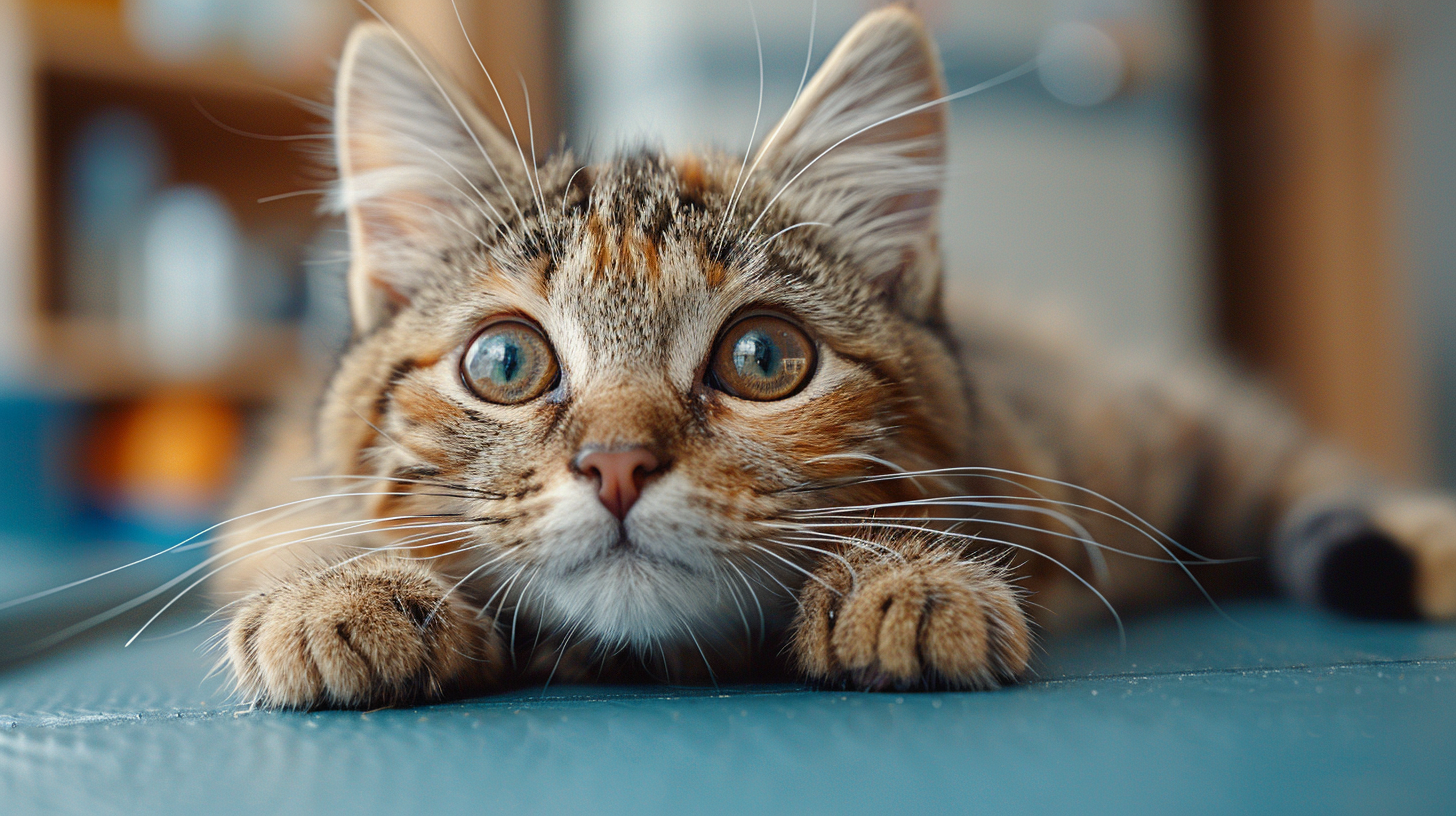
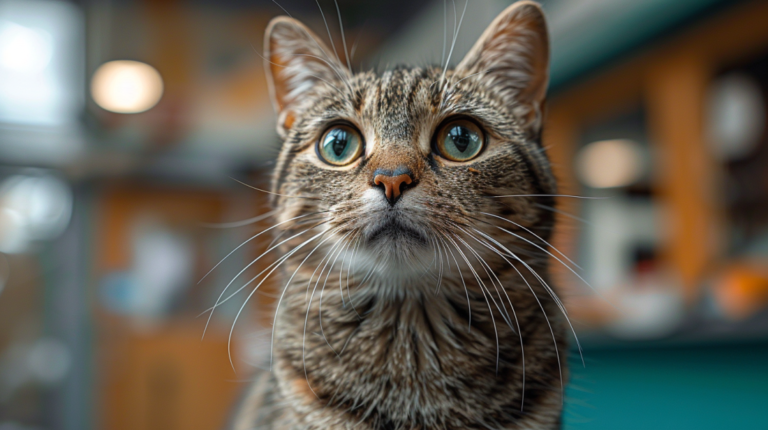
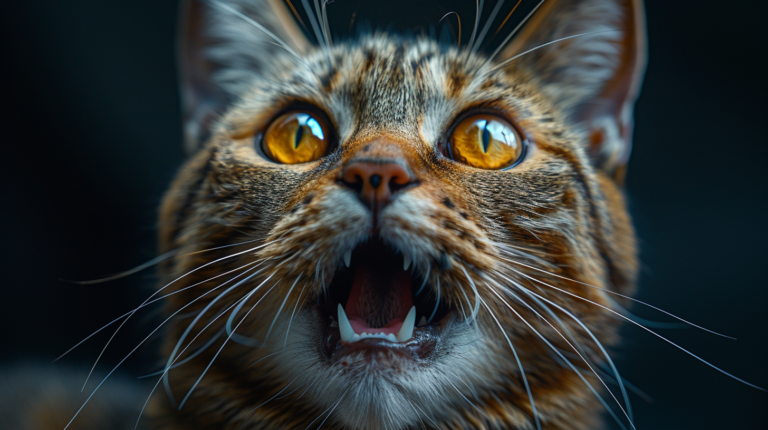
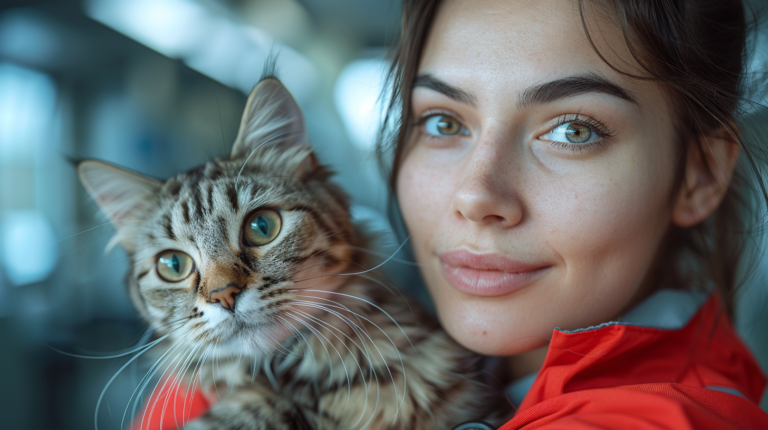
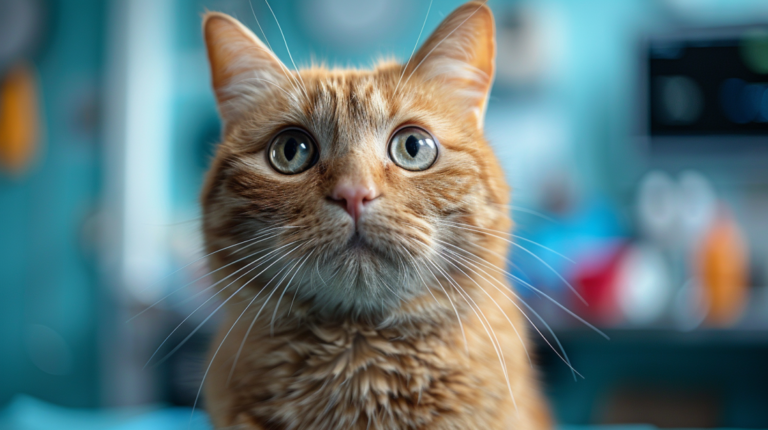
Leave a Reply